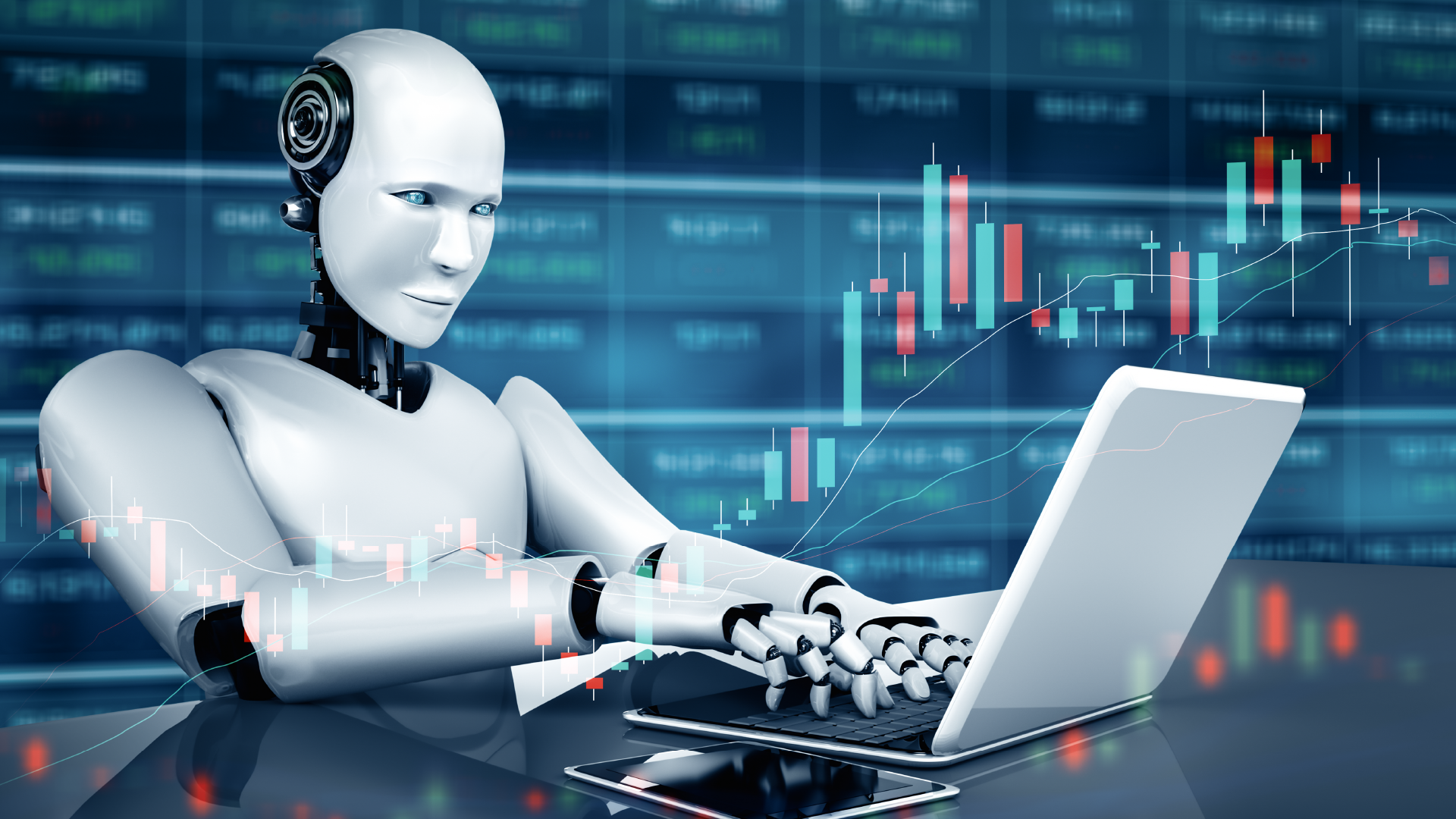
In recent years, the financial world has undergone a profound transformation, driven by the rise of Artificial Intelligence (AI). Trading AI — the use of machine learning, algorithms, and intelligent systems in the buying and selling of financial instruments — is rapidly changing the way markets operate. From hedge funds to individual investors, the adoption of AI technologies has introduced new levels of speed, accuracy, and data-driven decision-making.
What Is Trading AI?
Trading AI – https://quantumaipiattaforma.it/ refers to the integration of artificial intelligence and machine learning models into trading strategies. These systems are designed to analyze massive volumes of financial data, recognize patterns, forecast market movements, and execute trades automatically — often in real time.
Unlike traditional trading strategies that rely heavily on human intuition or static mathematical models, AI-based systems continuously learn and adapt to new data. They can process news articles, tweets, economic indicators, technical chart patterns, and even satellite imagery — all to anticipate how assets might perform.
Key Applications of Trading AI
- Algorithmic Trading
AI enhances algorithmic trading by enabling systems to self-improve over time. Using historical and real-time data, AI algorithms can optimize entry and exit points, reduce latency, and manage orders across multiple markets simultaneously. - Predictive Analytics
AI models are highly effective at forecasting asset prices, volatility, and market sentiment. They utilize deep learning and natural language processing (NLP) to digest both quantitative and qualitative data. - Sentiment Analysis
By analyzing social media, news feeds, and forums, AI can gauge investor sentiment and use this data to inform trading decisions. This has become especially relevant in the age of meme stocks and rapid online mobilization. - Risk Management
AI tools can detect anomalies and potential risks more effectively than traditional models. They continuously monitor exposure, liquidity, and correlation across portfolios, helping investors hedge or rebalance in real time. - Robo-Advisors
AI also powers robo-advisory platforms, which offer automated portfolio management tailored to individual risk profiles and goals. These services are expanding access to sophisticated investment strategies for retail investors.
Benefits of Using AI in Trading
- Speed and Efficiency: AI systems can execute thousands of trades per second — far beyond human capabilities.
- Data Processing Power: AI can analyze complex, high-volume datasets far faster than any analyst.
- Emotion-Free Decisions: Unlike humans, AI does not suffer from fear or greed, leading to more consistent and objective decision-making.
- 24/7 Market Monitoring: AI systems operate continuously, detecting opportunities even in after-hours or global markets.
Challenges and Risks
Despite its advantages, trading AI is not without limitations:
- Overfitting and Model Bias: Poorly trained models may produce unreliable results or fail when market conditions change.
- Black Box Problem: Some AI systems are so complex that even their creators don’t fully understand how decisions are made.
- Market Impact: The widespread use of AI can lead to flash crashes or unforeseen correlations during times of stress.
- Regulation and Ethics: As AI assumes more control over financial decisions, regulators are grappling with issues related to transparency, accountability, and fairness.
The Future of Trading AI
Looking forward, trading AI is expected to become more democratized. As cloud computing becomes cheaper and more powerful, even small firms and individual investors can access tools that were once the domain of Wall Street giants. AI is also evolving to include explainable AI (XAI), where systems not only make decisions but also explain their logic in human terms.
Another emerging trend is the fusion of AI with quantum computing, which could open new horizons in complex financial modeling and optimization.
Trading AI is no longer science fiction — it’s a central pillar of modern finance. While it offers immense potential for profit, efficiency, and insight, it also introduces new risks and ethical questions. As the technology matures, the challenge will be to harness its power responsibly, ensuring that AI-driven markets remain fair, transparent, and resilient.
Whether you’re a trader, investor, or simply curious about the future of finance, understanding Trading AI is essential in the digital era of money.











